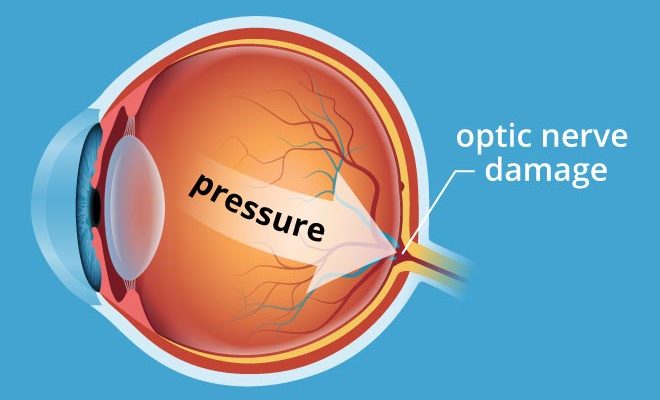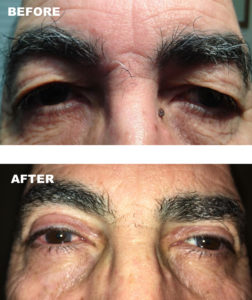EYE STENT PROCEDURE & RECOVERY
Eye stents are approximately 1-millimeter-long and inserted into the drainage system of the eye. At the time of surgery cataract surgery, the stent is placed through a small corneal incision into the filtering meshwork. The stent then acts as a drainage system between the anterior chamber of the eye and Schlemm’s canal and permits the eye to drain fluid, thus reducing intraocular pressure.
Stents are permanent openings that do not need to be changed. While many patients who receive stent implants still require glaucoma medications, their need for them is largely reduced. The implant surgery is an outpatient procedure, requiring follow-up the day after.
Patients can return to normal activities immediately, with the exception of strenuous activities that may cause the eye to strain for 1 week.
CONTACT US TODAY



 truly are. Unfortunately, we can’t gain back time, but we can reverse signs of facial aging. Loose, hanging skin in the upper eyelid area and puffiness and wrinkles in the lower eyelid area can be corrected with surgery. Eyelid surgery, or “blepharoplasty,” can remove the effects of years of damage due to aging, stress, gravity, sun exposure, and smoking. Eyelid surgery can create a more refreshed appearance through the removal of loose skin and excess fat in the eyelids. In essence, eyelid surgery can help a person show their true beauty by making their outer appearance reflect how they feel on the inside.
truly are. Unfortunately, we can’t gain back time, but we can reverse signs of facial aging. Loose, hanging skin in the upper eyelid area and puffiness and wrinkles in the lower eyelid area can be corrected with surgery. Eyelid surgery, or “blepharoplasty,” can remove the effects of years of damage due to aging, stress, gravity, sun exposure, and smoking. Eyelid surgery can create a more refreshed appearance through the removal of loose skin and excess fat in the eyelids. In essence, eyelid surgery can help a person show their true beauty by making their outer appearance reflect how they feel on the inside.


